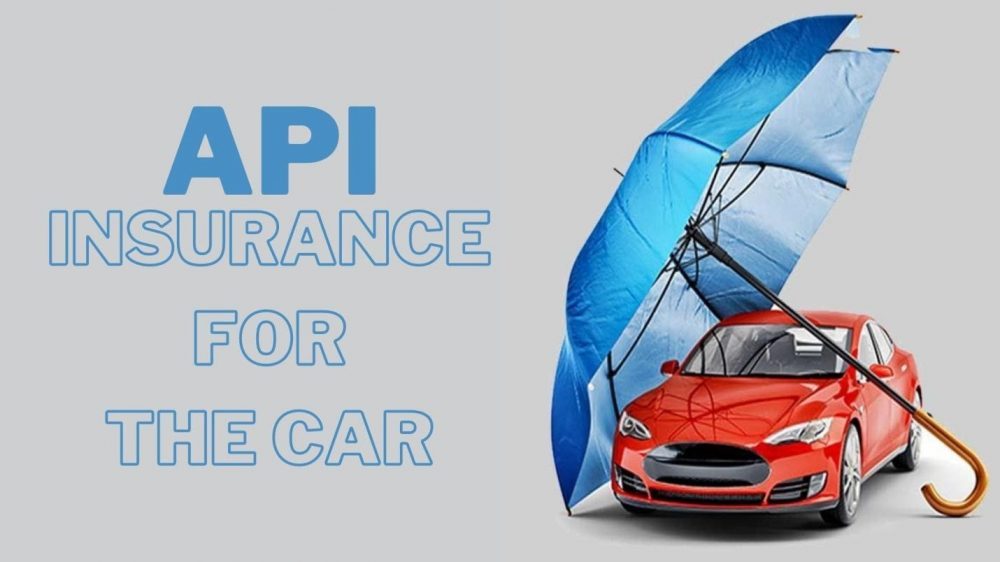It is impossible to make sound business decisions without measuring the strategy and visibility into how the API’s are used. At the same time, API’s deliver on improving customer and channel experiences. It is where API insurance for the car comes into action. The insurance providers can consolidate various analytics dashboards traditionally retrieved at different technology stack layers when the insurance providers adopt an API-driven architecture.
Leaders can form a strategic business decisions with the use of a refined view of their digital ecosystem with access to a consolidated view across the internal APIs, open APIs, and third-party APIs.
Including the operational and business-oriented, there are two main categories of API analytics. You will get the insights surrounding API usage through the operational API analytics. These could well demonstrate how application people process claims most often or how many distribution partners retrieved quotes through the system.
You get more in-depth intelligence on specific transactions, often using customer data through business-oriented analytics. The products customers most frequently look for is to bundle and which policies are searched for on particular transactions are repeatedly demonstrated through this.
Analytics Opportunities with the Internal Open APIs
Digital disruption has reshaped the experience of the customer landscape well beyond the insurance industry, as you already know. Building API insurance for the car connecting micro services within your organization and to services and customers outside your company can be achieved by competing and staying ahead. All while the increasing in your footprint on third-party sites and applications, APIs can simplify the journey across the claims, quoting, new business interactions, and apps. For leveraging API analytics for informing business decisions, consider the following methods:
Claims Analytics
Across various digital channels and apps, your customers can likely start and finish the claims process. The journey of the customer can be simplified by building claims APIs to connect various microservices architectures. A single claims API view will be able to demonstrate which claims channels customers prefer, the percentage of requests completed every channel from time to completion, and customer satisfaction. To improve the overall claims ecosystem and improve customer retention, this is the data that can be used.
Quoting and New Business Analytics
With the customers expecting to access the tools within their preferred channel, app, or aggregator website, the quoting and application experience have become quite democratic. They allow the potential customers to access policy information and quotes without directly visiting your website, or making use of the application, building the internal APIs for the third party websites and applications to leverage.
Digital Agent Analytics
For the customers who prefer to work face-to-face or over the phone with the agents, Covid-19 has created new barriers for the customers. To connect the agent portals, apps, and relevant customer tools, APIs can be used. You can also analyzing agent and customer usage of the apps, discover gaps in service, and creating new opportunities for the digital service of traditional clients with an API-centric model.
Analytics Opportunities With Internal Closed APIs
APIs are not just for the external use cases in contrary to its popular belief. To connect several lines of business to increase operational efficiency, improve security, and drive cost-savings, closed and internally-managed APIs can be used. Through an API-driven architecture for consolidating platforms and building more excellent strategic value within the IT department, the insurance organizations can benefit from this. The following are the API analytics scenarios:
Providing Cost-savings and Increasing Value
You will be able to perform IT rationalization with the use of a single-analytics view at the highest layers of your stack through an API-driven architecture. It will allow you to find areas for cost savings, and ultimately discover technical value drivers within your IT operations, and also uncover redundancies. You can track application utilization, project management systems, employee application engagement, storage, cloud performance, and many more through this.?
Building Greater Operational Efficiency
You will get a consolidated view of the technical efficiency by scaling APIs between legacy systems, applications, and databases. It can lead to improved business decisions surrounding your internal end-to-end IT solution by making a comparison of application uptime, memory, CPU usage, or even employee engagement with the systems.
Improving Security
Every IT team’s security stack will be mainly constructed in a different manner by using a mix of legacy systems as well as the integrations. Through APIs, you can easily streamline the security stack and triage threats within a single environment that can effectively improve the speed at which you detect and mitigate security risks.
With a mix of legacy systems and integrations, every IT team’s security stack will be constructed differently.

As the editor of the blog, She curate insightful content that sparks curiosity and fosters learning. With a passion for storytelling and a keen eye for detail, she strive to bring diverse perspectives and engaging narratives to readers, ensuring every piece informs, inspires, and enriches.










